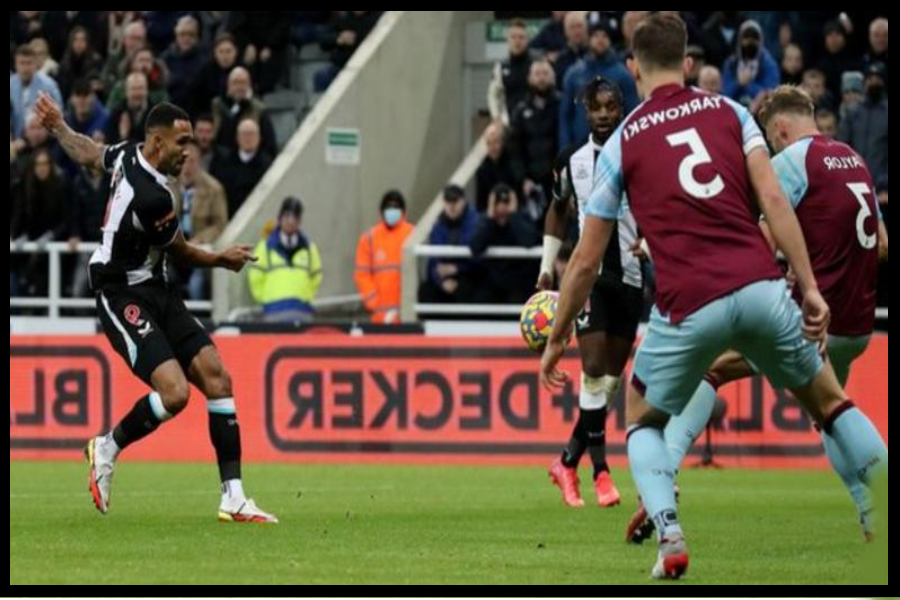The NBA offseason of 2023 witnessed a blockbuster trade that sent shockwaves through the league. The Utah Jazz, a perennial playoff contender, sent three-time All-Star and Defensive Player of the Year Rudy Gobert to the Minnesota Timberwolves in a deal that reshaped the landscape of both franchises. This trade, with its massive package of players and draft picks, demands a closer look to understand its potential ramifications for the Jazz, the Timberwolves, and the NBA as a whole.
Unveiling the Blockbuster: Gobert Heads North
The centerpiece of the trade was undoubtedly Rudy Gobert, a dominant defensive force known for his rim protection and rebounding prowess. The Jazz, after years of relying on Gobert’s defensive anchor, opted to shift gears and prioritize a more perimeter-oriented offense. In return for Gobert, the Jazz received a significant haul:
- Five Players: Malik Beasley (SG), Jarred Vanderbilt (PF), Patrick Beverley (PG), Leandro Bolmaro (SG/SF), and rookie Walker Kessler (C).
- Draft Picks: Unprotected first-round picks in 2023, 2025, and 2027, a top-five protected first-round pick in 2029, and the right to swap first-round picks in 2026.
This trade signaled a clear intent from the Jazz front office. They were prioritizing acquiring young talent and future draft assets to build a more versatile team, potentially sacrificing some immediate defensive dominance.
The Minnesota Gamble: Can Gobert Be the Missing Piece?
The Timberwolves, on the other hand, saw Gobert as the missing piece to propel them into championship contention. With a young, dynamic offensive core led by Karl-Anthony Towns and Anthony Edwards, the Wolves lacked a defensive anchor. Gobert’s arrival instantly bolstered their interior defense, creating a formidable pairing with Towns.
However, questions arose about fit. Towns, a skilled offensive center, thrived in a system that allowed him to operate outside the paint. Gobert, on the other hand, demanded spacing for his rim protection. The success of this trade hinged on Coach Finch’s ability to create a system that maximized the strengths of both players.
Rebuilding vs. Contending: The New Paths for Utah and Minnesota
Utah Jazz: A Calculated Rebuild
The Jazz, by trading Gobert, entered a period of transition. With Donovan Mitchell, their other All-Star, potentially on the move as well, the focus shifted to acquiring young talent and draft picks. The incoming players from Minnesota, particularly Beasley, Vanderbilt, and Kessler, offered intriguing possibilities. Beasley provided much-needed shooting, Vanderbilt brought hustle and versatility, and Kessler could develop into a future rim protector.
The Jazz also gained significant draft capital, allowing them to potentially draft future stars or use the picks in further trades. This strategy, while risky, could lead to a revitalized Jazz team built for long-term success.
Minnesota Timberwolves: All-In for a Title
The Timberwolves went all-in with the Gobert trade. They sacrificed future flexibility for a win-now approach. Gobert’s defensive presence instantly transformed their team, making them a much more formidable opponent.
However, the question remained: could Towns and Gobert coexist offensively? Would spacing become an issue? The success of the trade hinged on Coach Finch’s ability to optimize the offensive scheme and maximize the offensive potential of both Towns and Edwards.
The Trade’s Impact on the Western Conference Landscape
The Gobert trade undoubtedly altered the balance of power in the Western Conference. The Jazz, a perennial playoff team, took a step back, potentially opening the door for other teams to rise. The Timberwolves, with a bolstered defense, became a legitimate contender, but questions about offensive fit remained.
This trade also created a domino effect. With the Jazz potentially rebuilding, other teams with eyes on a championship, like the Phoenix Suns or the Denver Nuggets, could become even more aggressive in acquiring disgruntled stars like Donovan Mitchell.
The Western Conference suddenly looked wide open, with several teams vying for a shot at the NBA Finals.
Conclusion: A Trade with Lasting Repercussions
The Rudy Gobert trade was a watershed moment for the NBA. It signaled a willingness by teams to take calculated risks in pursuit of championship glory. The Jazz prioritized future flexibility, while the Timberwolves went all-in for immediate success. The full ramifications of this trade will play out over the next few seasons. Will the Jazz’s rebuild pay off? Can the Timberwolves unlock the offensive potential of Towns and Gobert? Only time will tell. However, one thing is certain: the Gobert trade was a pivotal moment in the NBA, changing the trajectory of two franchises and impacting the league as a whole.


